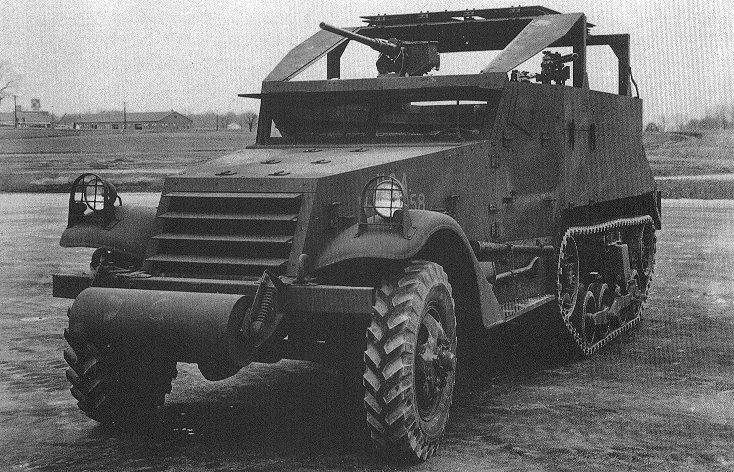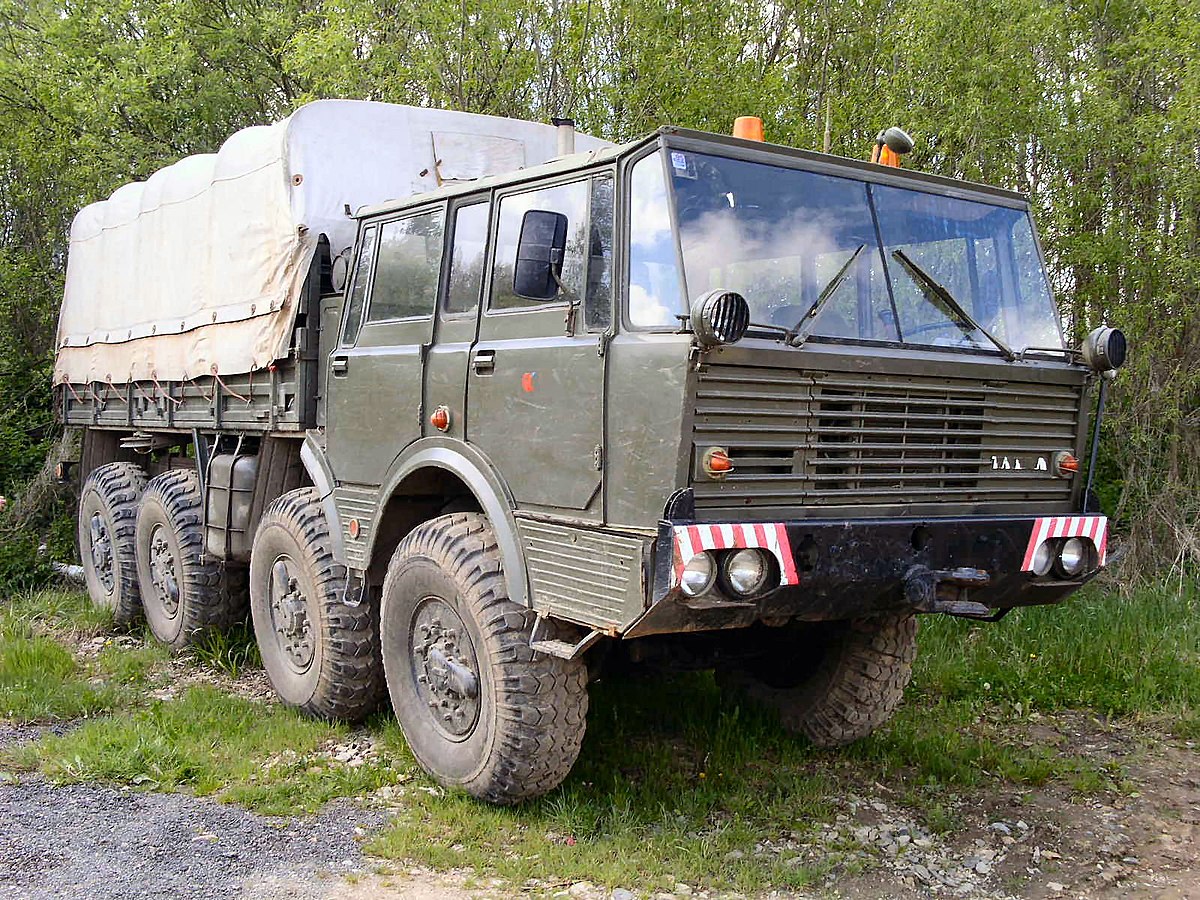Yet more info found on the Anglo-Iranian tank program:
- The 500 or so earliest Scorpions ever produced by Alvis suffered stress corrosion cracking due to faulty MOD specifications for the aluminium used there. This affected a number of Iranian vehicles but could be repaired. In any case the more interesting point is that the Iranians were very interested in having CVR(T)s with both a gun and missiles, much like the later Alvis Sagiter with a Scorpion turret with side-mounted Swingfire/TOW launchers. No doubt Iranian interest in light tanks would have led to a new vehicle with such an armament in the 1980s.
- Chieftain Mk 5/3Ps (aka FV 4030 Phase 1s) are Mk 5/3s but with an automatic gear change system for the transmission, 50 gallon extra fuel, increased mine protection and additional shock absorbers. 193 to be delivered.
- Shir 1's improved bogie suspension doubled wheel travel compared to the normal Horstmann. 125 ordered, will feature the computer sighting system (CSS, aka IFCS) in 1980-91. The CV12 was quite reliable, with a 4000km overhaul life or 50 million revolutions.
- Shir 2 was also gonna feature CSS from 1980-81 on, and hydrogas suspension from the 250th or 300th vehicle. So basically the final Shir 2 would have been a Challenger 1 with a better day/night sight on the cupola, but no provision for TOGS (possibly different turret armor but it's not proven).
- Shir 2 can resist 84mm Carl Gustav shaped charges on the sides at normal. Frontally it can stop 105mm HESH, 105mm L52 APDS at point blank, 120mm APDS at 1000m (so around 325mm against APDS), and 5 and 6" shaped charges (penetration 685mm).
- Now, I have confirmation that Iranian Chieftains were going to get the 800hp version of CV12.
Note that Iran was going to set up a factory at Dorum to produce and maintain tanks down the line, and Leyland Motors Iran was going to produce CV12s. Iran was also going to use tank transporters with the 625hp version of CV12, thus creating a system with common engines.
- The 500 or so earliest Scorpions ever produced by Alvis suffered stress corrosion cracking due to faulty MOD specifications for the aluminium used there. This affected a number of Iranian vehicles but could be repaired. In any case the more interesting point is that the Iranians were very interested in having CVR(T)s with both a gun and missiles, much like the later Alvis Sagiter with a Scorpion turret with side-mounted Swingfire/TOW launchers. No doubt Iranian interest in light tanks would have led to a new vehicle with such an armament in the 1980s.
- Chieftain Mk 5/3Ps (aka FV 4030 Phase 1s) are Mk 5/3s but with an automatic gear change system for the transmission, 50 gallon extra fuel, increased mine protection and additional shock absorbers. 193 to be delivered.
- Shir 1's improved bogie suspension doubled wheel travel compared to the normal Horstmann. 125 ordered, will feature the computer sighting system (CSS, aka IFCS) in 1980-91. The CV12 was quite reliable, with a 4000km overhaul life or 50 million revolutions.
- Shir 2 was also gonna feature CSS from 1980-81 on, and hydrogas suspension from the 250th or 300th vehicle. So basically the final Shir 2 would have been a Challenger 1 with a better day/night sight on the cupola, but no provision for TOGS (possibly different turret armor but it's not proven).
- Shir 2 can resist 84mm Carl Gustav shaped charges on the sides at normal. Frontally it can stop 105mm HESH, 105mm L52 APDS at point blank, 120mm APDS at 1000m (so around 325mm against APDS), and 5 and 6" shaped charges (penetration 685mm).
- Now, I have confirmation that Iranian Chieftains were going to get the 800hp version of CV12.
Note that Iran was going to set up a factory at Dorum to produce and maintain tanks down the line, and Leyland Motors Iran was going to produce CV12s. Iran was also going to use tank transporters with the 625hp version of CV12, thus creating a system with common engines.

